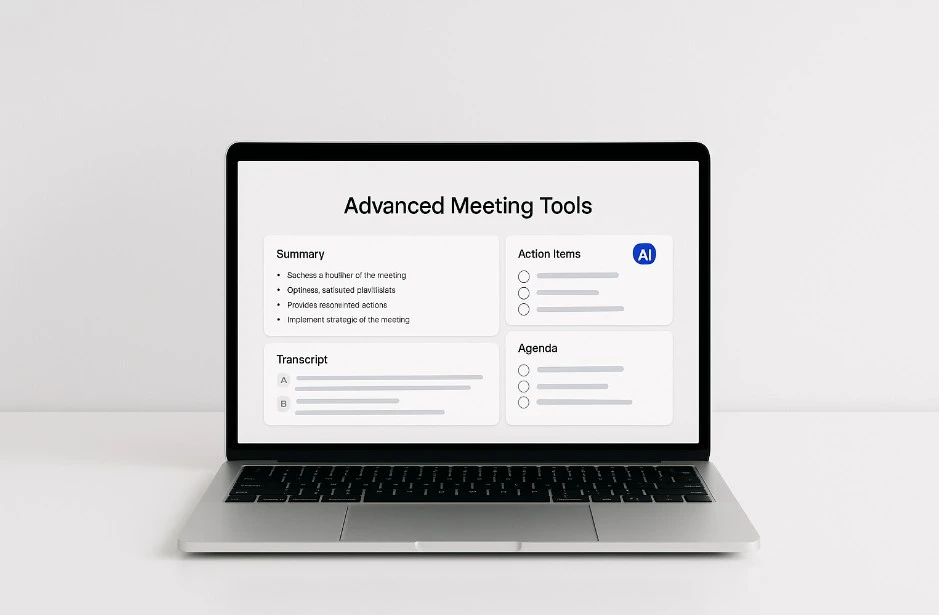
All About Optimizing Your Booking Page for Search Engines
BOOKAFY BLOG All About Optimizing Your Booking Page for Search Engines IN THIS POST Have a booking page, but not getting as many customers as you expected? That could be
For businesses of all sizes and across industries, major shifts are going on in 2022 regarding cloud computing and digital transformation.
New trends are emerging, while some have become obsolete.
The following is a guide to everything business owners and leaders should know about these topics in 2022. From Zero Trust cybersecurity frameworks to facilitating hybrid workplace models, exciting things are on the horizon, along with challenges.
Digital transformations were already happening before the start of the pandemic in 2020, but the pace seemed to be much slower. COVID-19 changed many of the assumptions businesses had about digital transformation.
What was quickly realized is that digital transformation isn’t actually about dealing with just technology. The real challenge and problem to be solved is leadership’s ability to drive change.
So many assumptions and things that we thought we knew about digital transformation were challenged.
Now that what we think we knew about digital transformation doesn’t seem to be the reality, what is?
Some of the trends to watch for in terms of digital transformation right now include:
Zero Trust is one of the most important initiatives you can take on as a business of any size, particularly if you’re in the midst of a digital transformation.
Zero Trust isn’t a particular tool or technology. Instead, it’s a framework and a new way to approach cybersecurity that’s in line with the changing demands due to hybrid and remote work.
Suppose you no longer have a network edge or perimeter, as once existed when everything was managed onsite. In that case, you can see how relying on a cybersecurity method that protects the perimeter could be problematic.
Every business should start strategizing and taking steps toward Zero Trust.
The more workloads are spread between varying providers, the more organizations face an issue of governance. Around 65% of surveyed senior IT execs recently said they think security and compliance risk are the biggest barriers to fully realizing the benefits of the cloud.
That’s why Zero Trust is moving forward at such a rapid pace.
Security is one of the top priorities when selecting a cloud vendor, and a proactive approach is increasingly required. There has to be a particular sensitivity to potential blind spots taken by cloud vendors.
A container in cloud computing refers to an approach to virtualizing an operating system. Users can work with programs and dependencies using isolated resource procedures.
More companies will consider their sustainability practices and approach to corporate social responsibility in the near-term future.
These are things affecting cloud computing as well. There’s a push for environmental, social, and corporate governance or ESG. Cloud providers are increasingly putting into place and making their sustainability efforts more visible.
An estimated 93% of enterprises have reportedly worked up to a multi-cloud strategy.
For SMEs, serverless solutions are proving to be a way to eliminate the entry barriers to the digital transformation they might face otherwise. Start-ups and small businesses can use serverless solutions to achieve rapid growth without major upfront investments.
Serverless infrastructures are highly scalable, and you’re paying only for what you’re using.
A few years ago, the ambiguous digital transformation term didn’t have much meaning beyond a transition to the cloud. However, growing and thriving as a business in a post-pandemic world means digital transformation has new implications.
Organizations need to think about how their leadership approaches their digital strategies. Vision and strong leadership can’t be replaced with technology.
Once that’s in place, the digital transformation will continue to build on what we’ve seen over the past two years. Changing work environments, evolving customer interactions, reliance on cloud environments, and ever-changing security challenges will take precedence.
When a business rises to the occasion and what it truly means to undertake a digital transformation, the outcomes are likely to be a flexible, scalable organization that can adapt to changing situations rapidly.

Save your team time and money with Bookafy!
Using online appointment scheduling software, you can automate booking, reminders, syncing to calendars, fetching video meeting URLs, and much more. Try Bookafy free today!

BOOKAFY BLOG All About Optimizing Your Booking Page for Search Engines IN THIS POST Have a booking page, but not getting as many customers as you expected? That could be

BOOKAFY BLOG From Side Hustle to Full-Time: How ESL Tutors Scale Their Income with Smart Tools? IN THIS POST Do you remember working at your typical 9-5 job? You might

BOOKAFY BLOG How to Schedule Like a Pro with These Simple Hacks IN THIS POST Time significantly impacts how people evaluate their experiences. When time is wasted, customers often remember

BOOKAFY BLOG Improving Team Efficiency with Advanced Meeting Tools IN THIS POST Effective meeting coordination is essential for maintaining productivity within teams. By utilizing advanced tools, teams can streamline scheduling

BOOKAFY BLOG How to Create a Brand for Your Side Hustle on a Budget IN THIS POST Branding is necessary whether you’re turning your passion into a full-time business or

BOOKAFY BLOG Booking Software for Startups: How to Stay Lean While Scaling Fast IN THIS POST As a startup founder, you’re likely to balance a million tasks at once. Whether